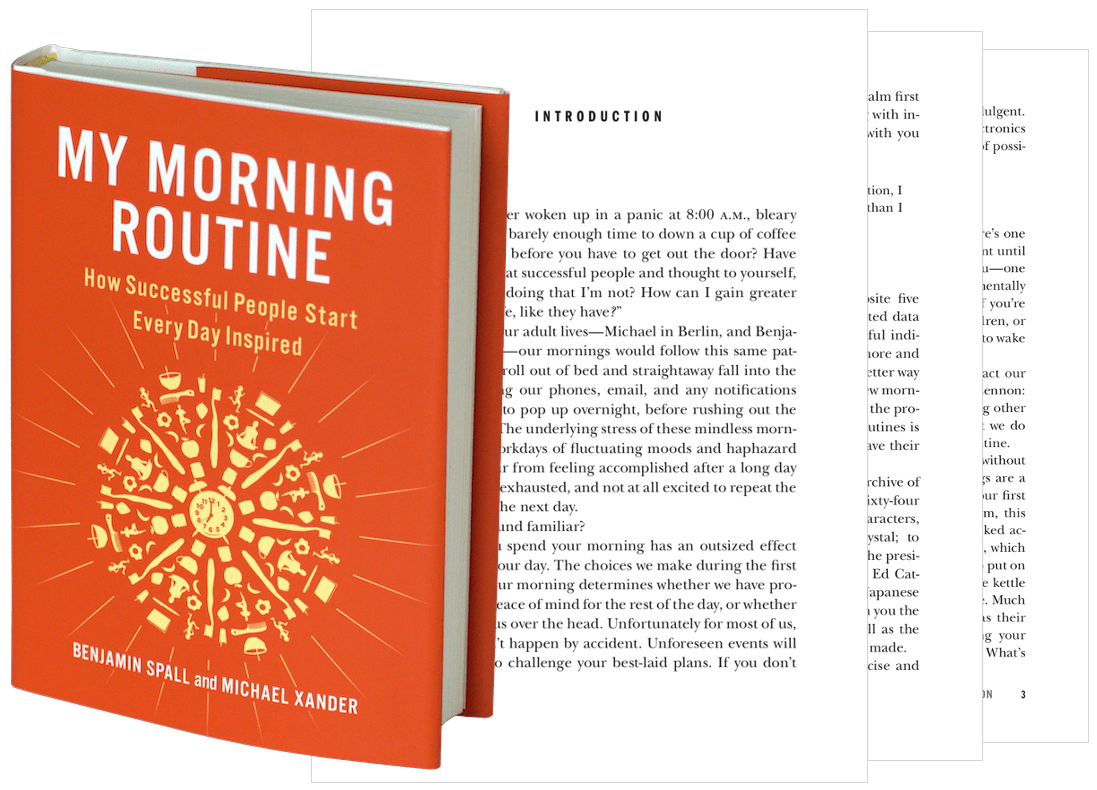Abraham Lincoln’s Daily Routine

Abraham Lincoln has long been regarded for his strength of character, his fair judgement, and his singular commitment to his work.
These character traits are underscored by Lincoln’s daily routine; a topic that is close to my heart. From Lincoln’s typical breakfast (“little more than a single egg and a cup of coffee,”) to his speechwriting methodology (picking out little thoughts from scraps), read on to uncover Abraham Lincoln’s daily routine in the White House.
Lincoln’s Morning Routine
Here’s what historian and famed Lincoln biographer Doris Kearns Goodwin had to say of Abraham Lincoln’s daily routine in her biography of the sixteenth president: “A ‘light and capricious’ sleeper, Lincoln generally awakened early in the morning. Before breakfast he liked to exercise, often by walking around the spacious White House grounds. After a simple meal, usually a single egg and a cup of coffee, he made his way down the corridor to his office, where on cool days a fire blazed in the white marble fireplace with a big brass fender.”
According to John Hay, one of Lincoln’s private secretaries and closest confidants, Lincoln’s tendency to have little more than a single egg and a cup of coffee for breakfast was a mainstay of his time at the White House. In the words of Hay, “The pleasures of the table had few attractions for him. His breakfast was an egg and a cup of coffee; at luncheon, he rarely took more than a biscuit and a glass of milk, a plate of fruit in its season; at dinner, he ate sparingly of one or two courses.”
The Lincoln Bedroom
Continuing back through Abraham Lincoln’s daily routine in the White House, Goodwin notes, “[Lincoln’s] worktable stood between two tall windows that faced the south lawn, affording a panorama of the incomplete Washington Monument, the red-roofed Smithsonian, and the Potomac River. An armchair nearby allowed him to read in comfort, his long legs stretched before him or crossed one over the other.”
As it happens, Lincoln did not sleep in what is currently known as the Lincoln Bedroom. Located on the second floor of the White House, Abraham Lincoln and numerous presidents before and after him used this room as both their office and the Cabinet Room.
Between 1903-1904, President Theodore Roosevelt oversaw the room being turned into a bedroom, with it quickly being turned back into an office-study during the Hoover administration of 1929-1933. In 1945, President Harry S. Truman, upon learning that the room had once been used by Lincoln, moved several pieces of furniture used during the Lincoln administration into the room, including a rosewood bed that was purchased by Mary Todd Lincoln for use in a nearby guest room. This bed has since become known as the Lincoln Bed, though much like the Lincoln Bedroom itself, historians agree that it is unlikely that the Lincolns ever slept in it.
Goodwin notes of the room, “Old maps hung on the wall, and over the mantel, [was hung] a portrait of President Andrew Jackson.” Describing the senses in which the scene evoked, Goodwin noted that “The musty smell of tobacco, lodged in the draperies from the heavy cigar smoke of the previous president [James Buchanan] and the new secretary of state [William Henry Seward], conveyed the atmosphere of the traditional men’s club.”
Lincoln’s Daily “Routine”
Mornings aside, Abraham Lincoln’s daily routine was rarely as “routine” as it’s fair for one to assume he might have liked.
From meeting with his administration, to listening to the daily concerns of American citizens, to sailing to meet with Ulysses S. Grant, the commander of the Union army, on the front lines of the Civil War, once Lincoln’s days in the White House got going he was always kept busy.
If Lincoln was due to give a speech as part of an upcoming public appearance, he would spend a good chunk of his day actively thinking about what he wanted to say to his audience. In an article for Fast Company, Goodwin wrote that “Lincoln had this rolltop desk, and he would scratch thoughts out for speeches and then put them in this desk. When the time came for the speech, he’d just pick these little thoughts out. Somehow he managed to get the Gettysburg Address from those scraps.”
While Abraham Lincoln’s daily routine in the White House was, of course, starkly different to his routine prior to reaching the highest office in the land (see Lincoln’s quotes on life), we can learn a lot from the way in which he worked and conducted himself during this time.
If you’re interested in hearing more from me, be sure to subscribe to my free email newsletter, and if you enjoyed this article, please share it on social media, link to it from your website, or bookmark it so you can come back to it often. ∎




